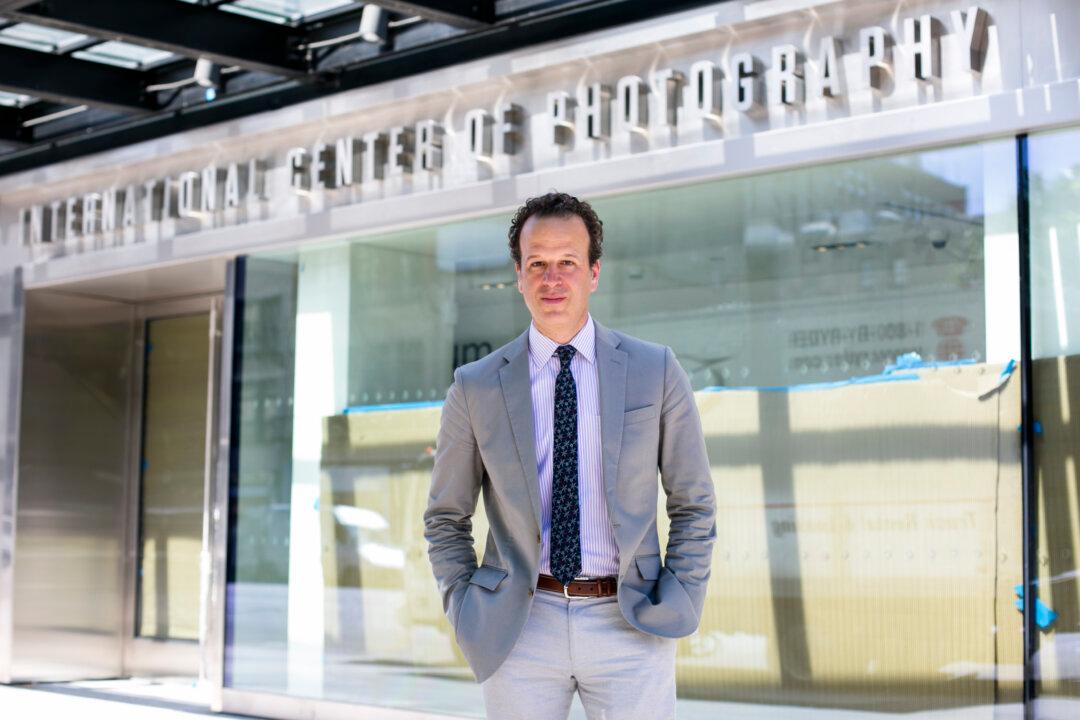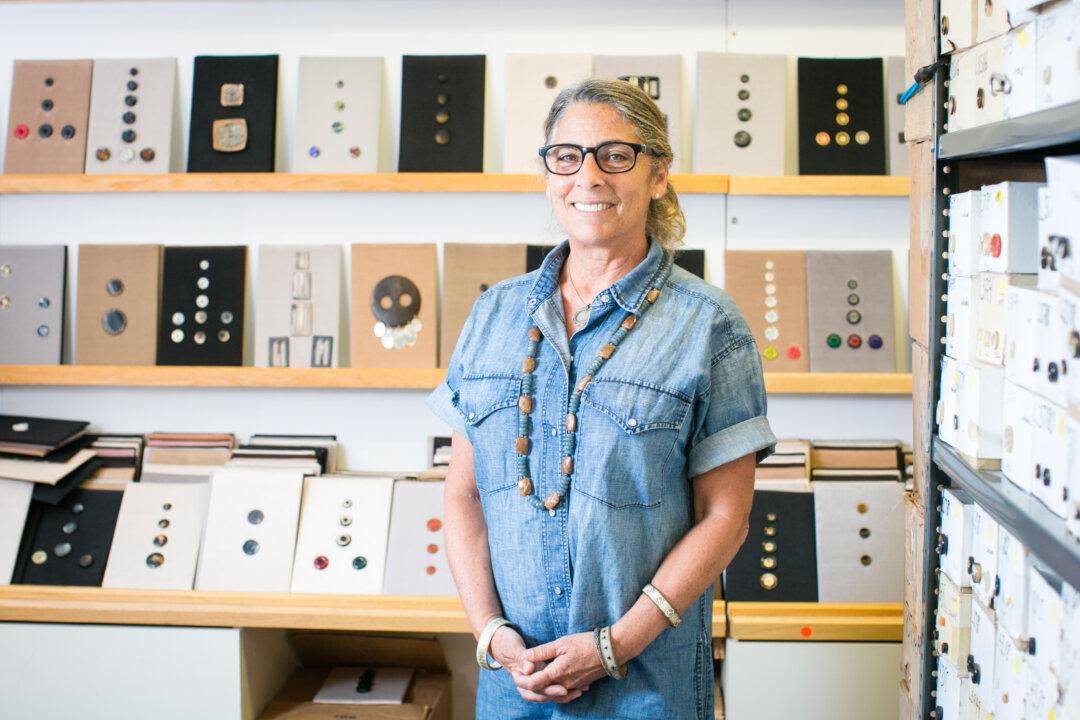Contemporary technology allows us to manifest our prehistoric fascination with observing other humans, and to publish those images, with greater ease than ever. This unprecedented momentum of visual information has thrown down the gauntlet to professional photographers to develop a visual lexicon and message that has a different sort of impact than the rest.
The glass of the photographer’s lens, and the glass-fronted public space of the new premises of the International Center of Photography (ICP) in Lower Manhattan are meant to tie into the increasing transparency of our private lives and the ubiquitous presence of private images, shared publicly, through which we have come to communicate as a society.

The new premises of the International Center of Photography (ICP) at 250 Bowery, New York, on June 9, 2016. Samira Bouaou/Epoch Times





